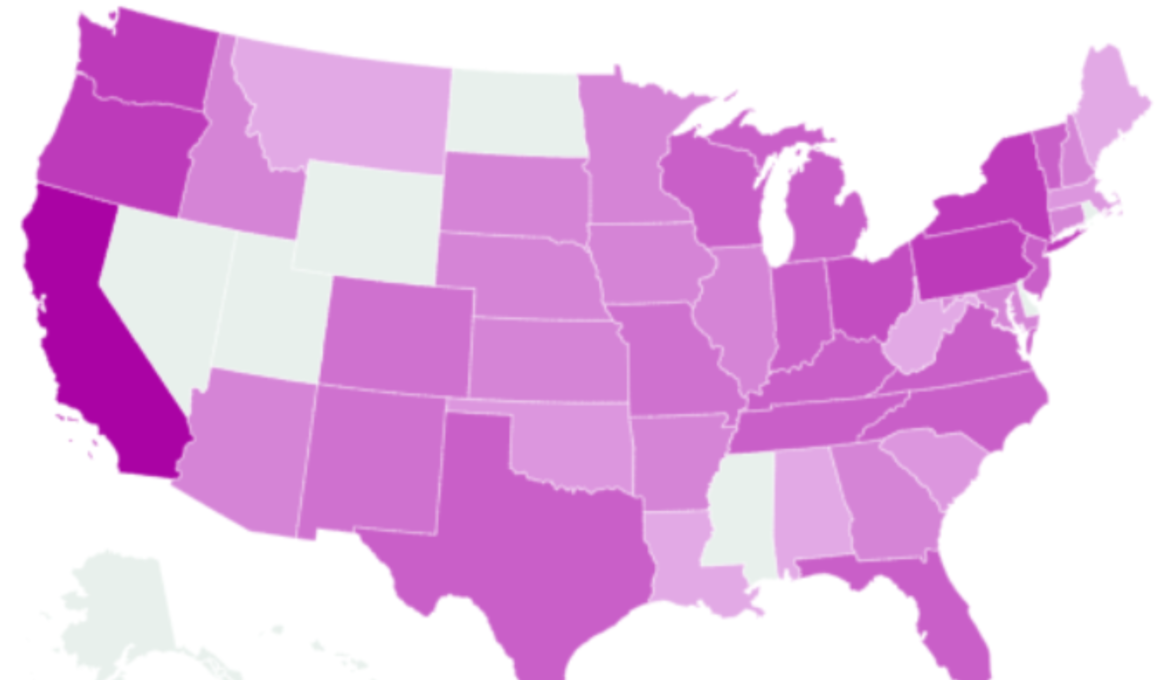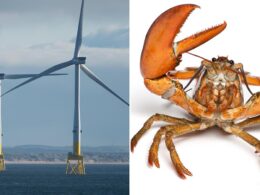California dominates U.S. wine production, producing over 84 percent of the nation’s annual output, according to data from World Population Review.
That’s 680.3 million gallons a year from world-renowned regions such as Napa Valley and Sonoma. California would rank as the fourth-largest wine producer globally if it was a country.
Newsweek has created this map to show where the other 49 states rank in wine production.
While many immediately think of California vineyards at the heart of U.S. wine production, several other states across the country also play a significant role in formulating the nation’s wine landscape with distinctive and high-quality wines.
Washington, the second-largest producer, contributes 40.7 million gallons, just over 5 percent of the U.S. total production. New York and Pennsylvania follow, each producing 28 and 12.4 million gallons. Oregon rounds out the top five with 11.8 million gallons of wine produced.
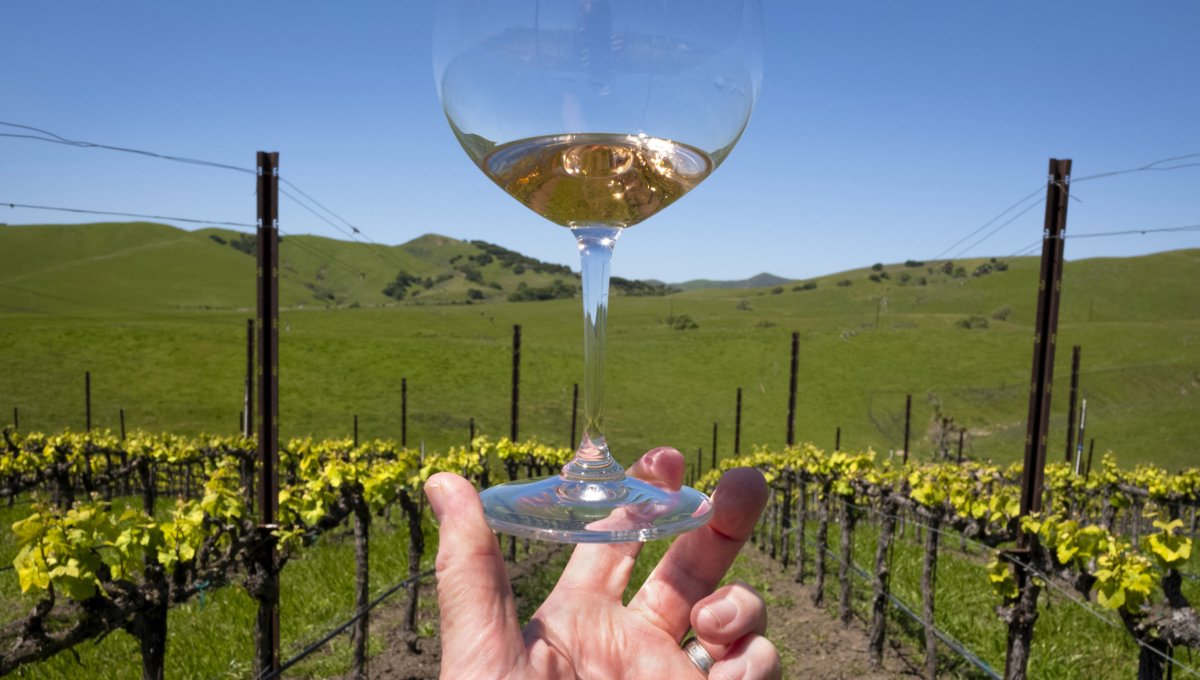
The top five states that contribute the most to America’s output collectively shape the U.S. wine industry through the sheer scale of mass production.
The diversity of climates across these states allows for a wide variety of wines, each region bringing its own unique character from the vineyard to the bottle.
Natasha Biasell, public relations manager at Maxville Wines, told Newsweek that California’s wine is unique because of “growing conditions and the incredible diversity of people who make it.”
“Our Mediterranean climate—found in such a small percentage of the world—gives us the perfect balance of sunshine and cool, coastal air. The long coastline beside the cold Pacific, along with our mountain ranges like the Sierra Nevada, traps this cool air, creating ideal conditions for vineyards across the state.
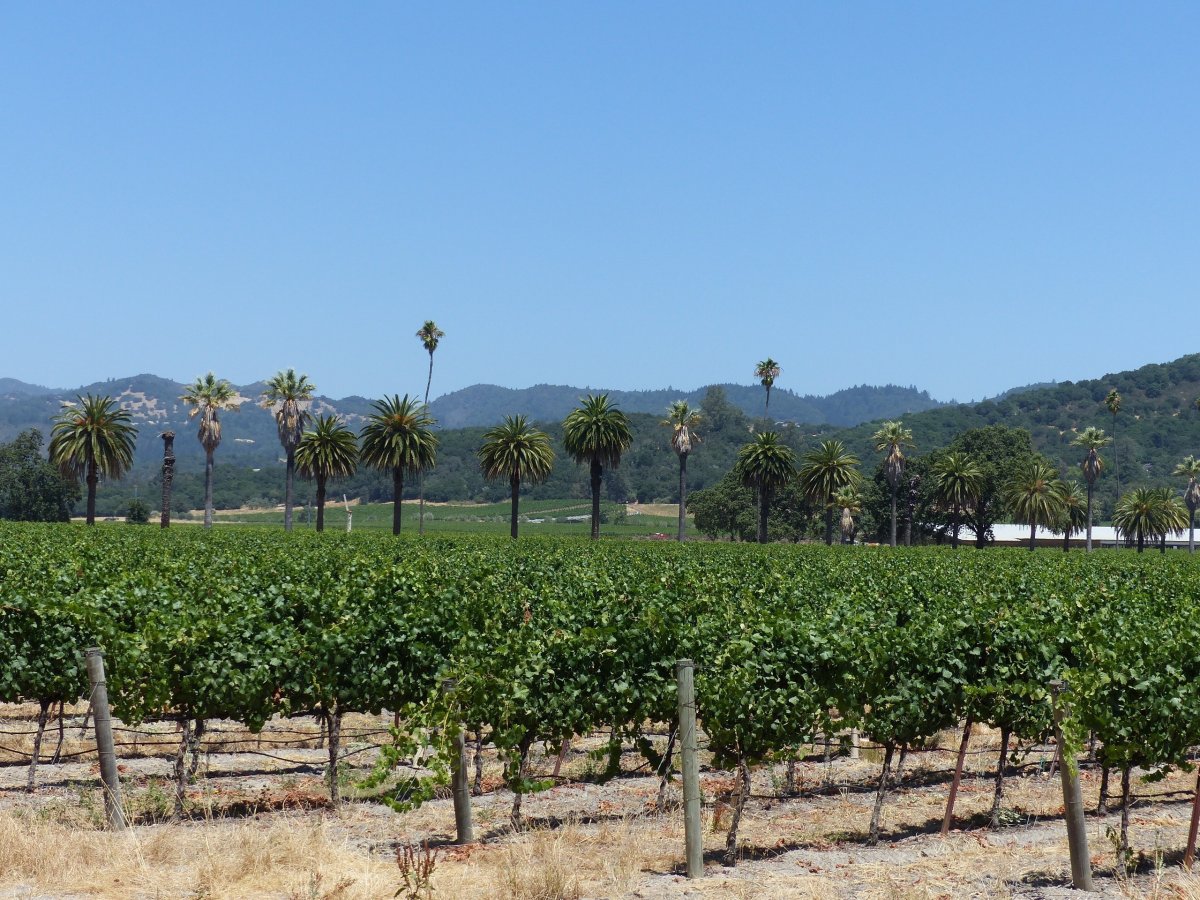
Maggie Kruse, a winemaker at Jordan Vineyard & Winery, told Newsweek that “California’s prominence in the wine world stems from its unique combination of climate, geography, and innovation.”
The California-based winemaker said: “The diverse regions, from the cooler coastal areas to the warmer valleys, offer an array of conditions that suit a wide variety of grapes. This diversity allows California to produce wines with distinct characteristics and exceptional quality.
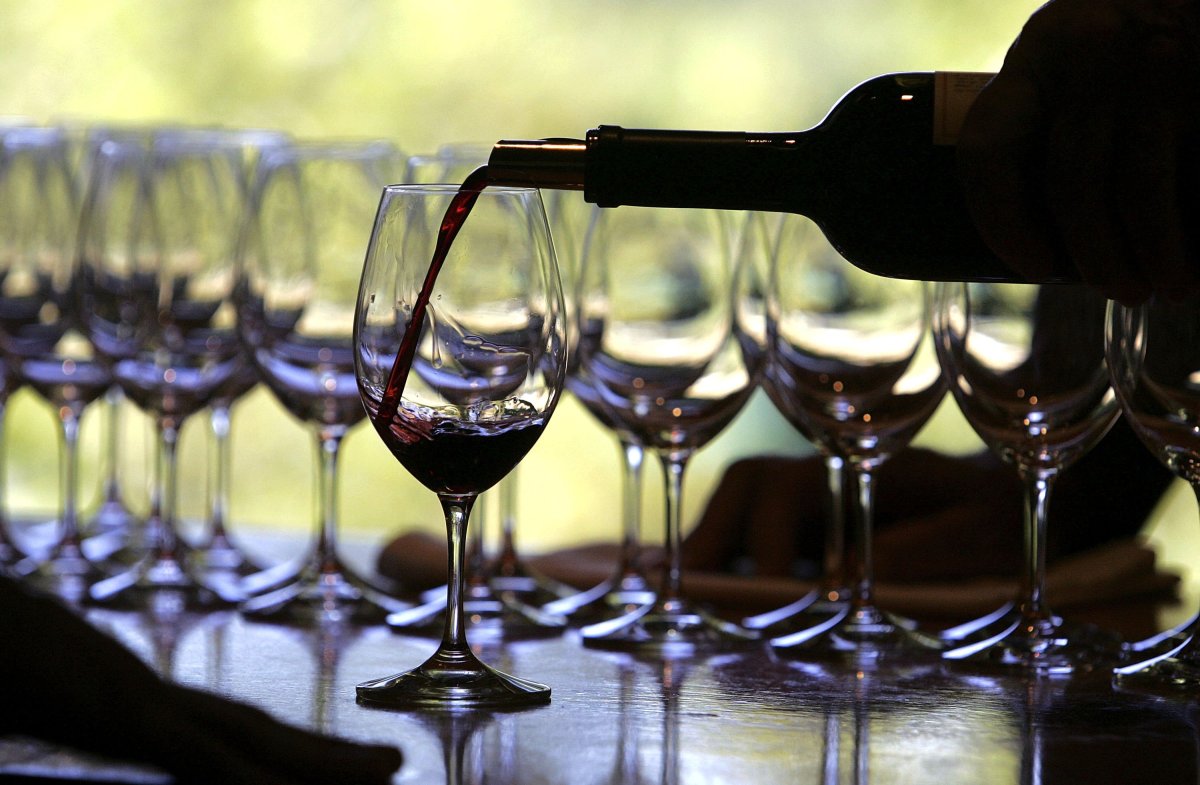
Kruse explained that winemaking is “so much more than turning grapes into a beautiful, age-worthy wine.”
“The state has a long history of winemaking and a culture of innovation. The investment in dedicated viticulture research, advancements in technology, and sustainability practices has driven the industry forward, helping California continually improve its wines and adapt to the environment’s changing conditions.”
Do you have a story we should be covering? Do you have any questions about this article? Contact LiveNews@newsweek.com




